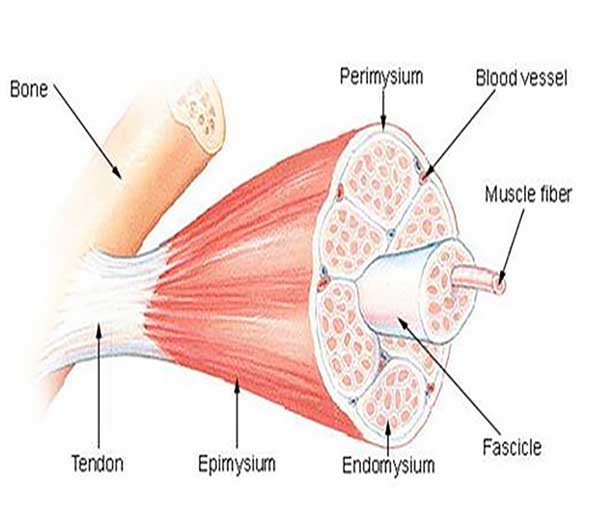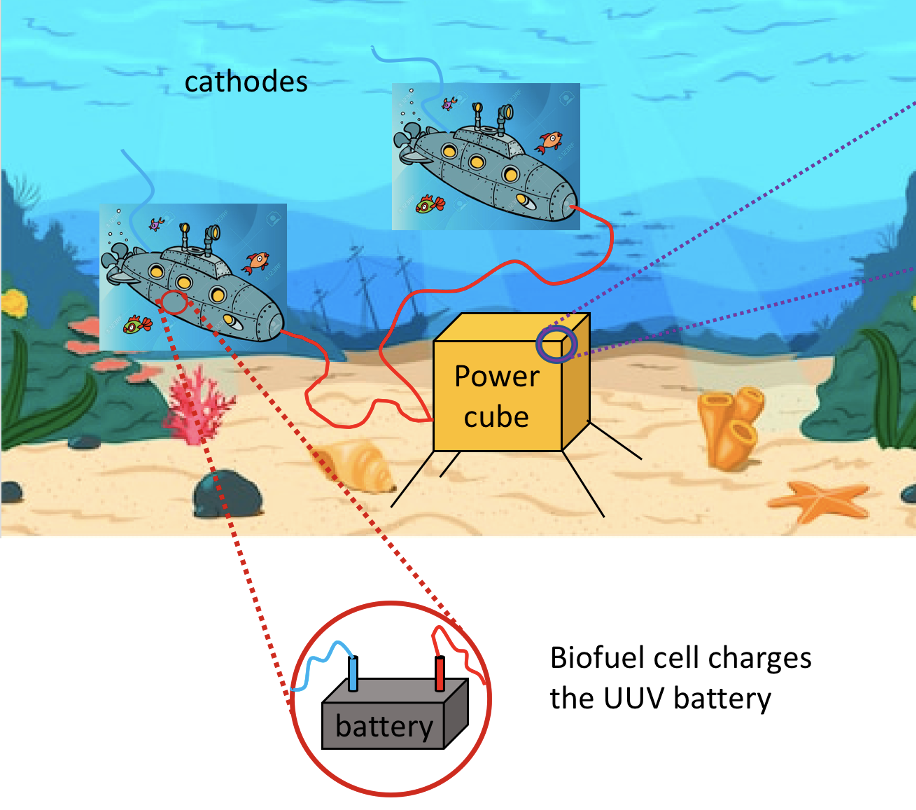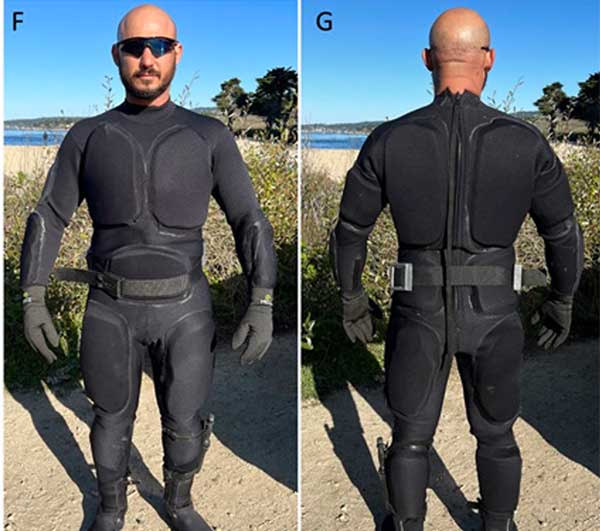Welcome - Advanced Warfighter Technologies Laboratory
Mission Statement
Our laboratory focuses on a variety of technologies enabling, supporting, and enhancing the superiority of US Armed Forces, and the US Navy in particular, over peers, near-peers, and adversaries.
Our Research Ecosystem

We strive to have research projects interlock synergistically in ecosystems that work together to the same goal, while benefiting from one another’s features. To illustrate, our artificial muscles project could lead to more energy-efficient and stealthier electric propulsion systems for unmanned underwater vehicles (UUVs), while our biofuel cells project could provide renewable distributed electric power for recharging the same UUVs in the field.
Our Research Projects

The basic value proposition of artificial muscles is that in principle they can be stronger, more energy-efficient, more compact, lighter, less dense, and more morphologically flexible than traditional actuators. They may also be able to output a far larger force-to-weight ratio, making them particularly suitable for smaller vehicles, wearables, and unmanned systems.

The future of naval operations is heavily dependent on the advent of effective drone fleets of surface and underwater capability. Such fleets would require frequent and local recharging, which poses a critical logistics problem. We are working on solving that problem through the development of renewable power sources using benthic bacteria. These sources are biofuel cells that harness the capability of such bacteria to output power as part of their life processes.

Hypothermia is a major health hazard for divers, as humans lose heat to water at least 5 times faster than to air. Hypothermia can lead to unconsciousness, organ damage, and eventually death. Divers typically wear bubbled neoprene wetsuits to protect themselves from these harsh conditions. However, wetsuits have their limitations. Air bubbles within the neoprene shrink with depth under the increasing ambient pressure, which degrades the suit’s thermal protection. Thicker neoprene is warmer but is less flexible and fatigues the diver faster. We have come up with and are testing an alternative solution based on incompressible hollow microspheres embedded in carrier polymer, with the resulting suits outperforming neoprene in both thermal protection and ergonomics.

Prof. Emil P. Kartalov, PhD
Director, Advanced Warfighter Technologies Laboratory
- Associate Professor
- Physics Department
- Naval Postgraduate School
- 833 Dyer Road, Spanagel Hall, Bldg.232, Rm.112,
- Monterey, CA 93943
- phone: 831-656-2125
- email: epkartal@nps.edu
